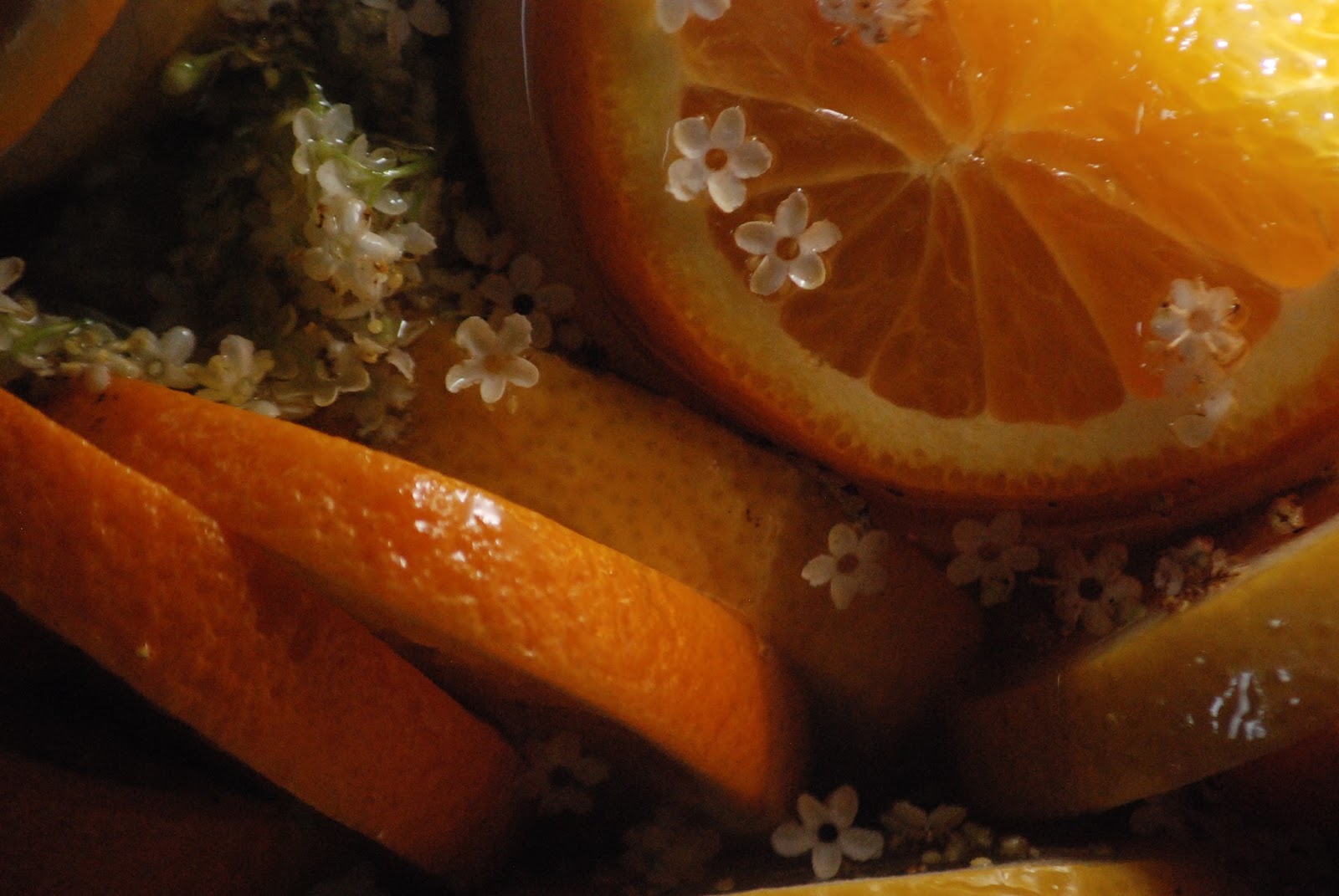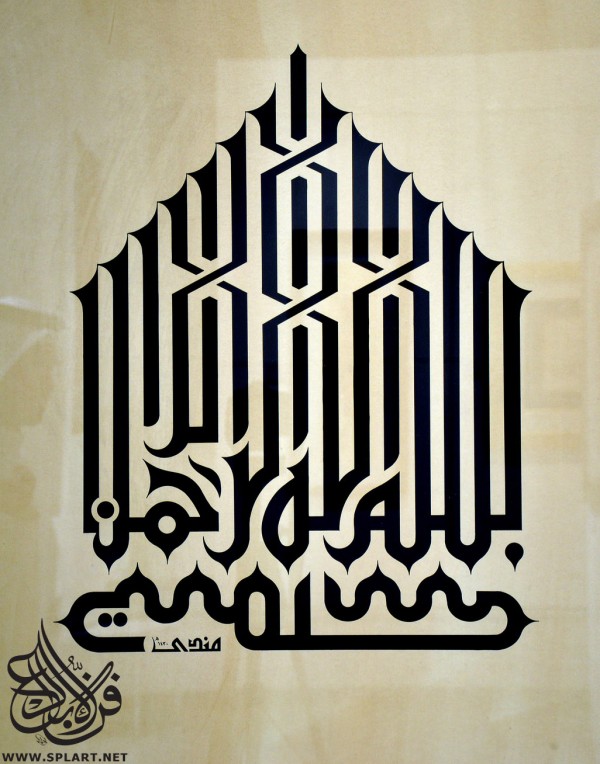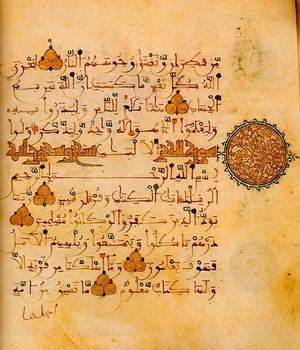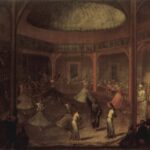
Pantun Al-Qur’an, by Shaikh Husain: The Challenge
In The Diwan of Shaikh Husain Ash-Shadhili Ad-Darqawi, a diwan of three languages: Arabic, Indonesian and English, the pantun Al-Qur’an stands alone in one language only: Indonesian. This eloquent pantun [i] is a poem based on the Noble Qur’an, the sunnah (prophetic tradition) and ilham (inspiration). Direct quotations from the Qur’an have been italicized.
It has been said: for many people, within pantun poetry – the treasury of thoughts, poetics and life of the Malay people: their genius and wisdom – can be found the magic of literature. Born from oral tradition, pantun is one of the oldest modes of verse. Not too long ago it could be heard; an impromptu, spoken dance among friends; conversation in pantun form. From light-hearted lullabies to profound proverbs, from riddles to reflections on life; this linguistic art form has captured the attention and scholarship of individuals from the Malay Archipelago and beyond.
Pantun Primer
In its most basic form, the pantun is comprised of quatrains (four-lined stanzas) with an A-B-A-B rhyming pattern. Each line has a repeated number of syllables, usually between 8 and 12. The most sophisticated pantun offers more: nuances in both form and meaning: repetitions, patterns, assonance [ii], alliteration [iii]; parallels and connotations which transcend the basic mode of expression. The most excellent pantun produces harmony of both rhyme and rhetoric: rhythm and message become a symphony; an elegant orchestration of both structure and content.
The Word of Allah is a Love-letter… ~Shaikh Husain
Pantun Al-Qur’an consists of 5 stanzas in which each line has 10 syllables, the “middle position” (between 8 and 12 syllables), which is indeed what Al-Qur’an, literally, represents. Another distinctive feature of this poem is that the rhyming pattern is “one”: A-A-A-A; and within each line at the “middle position” (the 5th syllable), there exists the same rhyming word-ending “-an.” In the pantun Al-Qur’an, the rhyme which manifests within and without [iv] is the same.
Elucidations by the Author
- The first stanza conveys how the Qur’an is the foundation of our guidance and that it is only the people of taqwa [v] who will be able to benefit from its teachings.
- The second stanza describes the general teaching and function of Al-Qur’an, which contains both an outer and an inner aspect: laws and limitations that must be carried out; once applied, only then will the wonder and awe of Allah’s words be able to be felt, experienced, tasted.
- The third stanza begins with the benefits of Allah’s Book: how it is a reminder for those who seek His mercy; and ends with advice on how we should approach this Love-Letter from the Almighty Creator to His beloved creation.
- Finally, in the last 2 stanzas we find the aim of the Qur’an and the method to obtain this goal.
To successfully convey the meaning of words from their original language into another; and at the same time preserve some of the vibrancy and flow of the language; is a challenge often not met. The coinage of the phrase “lost in translation,” quite accurately affirms this fact. How much more challenging to create beautiful poetry! I have tried throughout the years to put this simple-in-words yet deep-in-meaning poem into English, to no avail. I always feel disappointed at the result of my efforts: either too much has been lost or it’s just not good poetry.
The Challenge
So I share my challenge with you: how would you translate the pantun Al-Qur’an into English poetry? If the task of creating a poem in English seems a bit too daunting, a worthy prose translation is also welcome.
I hope you feel inspired by this translation challenge and try your hand at translating this distinguished pantun, Al-Qur’an. You can find the link to the original poem in Bahasa Indonesia, here, but please post your English translation on this page, in the comments below.
If your English translation successfully conveys the meaning and at the same time feels alive and fluid, with your permission we might include it in the next printing of The Diwan of Shaikh Husain Ash-Shadhili, Book One [vi]: Untuk Para Pesuluk (For the Travelers on the Path).
Thoughtful translation
Preserves
Essential flavor
Captures sweetness of original fruit
Artfully crafted marmalade
Adds
Uniqueness
Texture and consistency, its own
Preparation
By a masterly hand,
Transforms and delights the r-eater [vii]
Food for the soul
_________________________________________________
[i] Ancient Malay, oral, poetic form
[ii] Sound similarity: the similarity of two or more vowel sounds or the repetition of two or more consonant sounds, especially in words that are close together
[iii] Using rhetoric: antithesis, metaphor, figurative speech
[iv] In the middle of each line and at the end of each line
[v] Shaykh Fattaah, one of our noble teachers, describes: “the person of taqwa is like someone making his way through a field of thorny bushes. Carefully, he places each foot in front of the other, cautiously lifting his garment; avoiding the snag, preventing the tear.” (paraphrased)
[vi] Book two of Shaikh Husain’s diwan is Untuk Para Pecinta (For The Lovers)
[vii] Pronounced “reader”: both “eater” and “reader”





